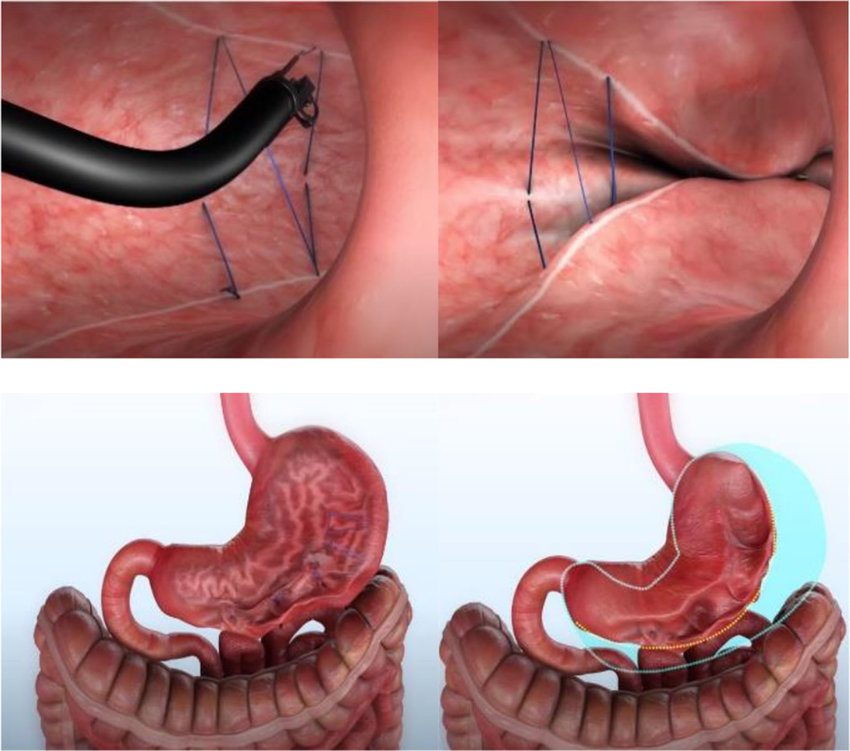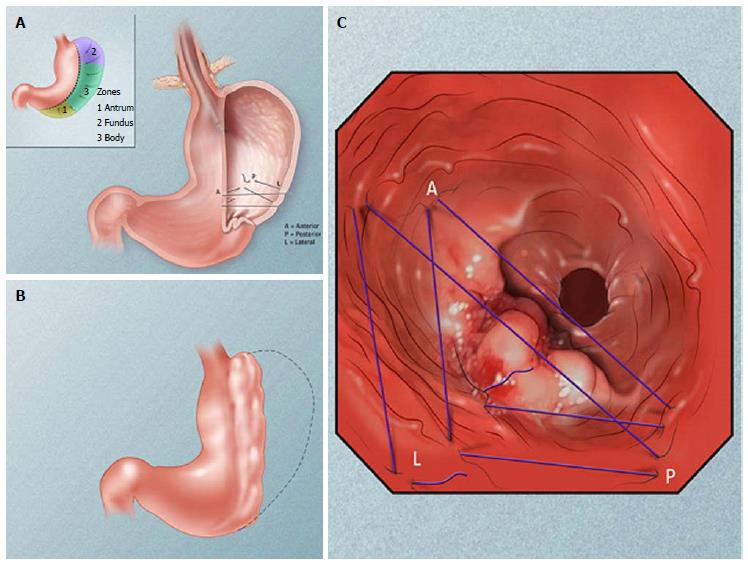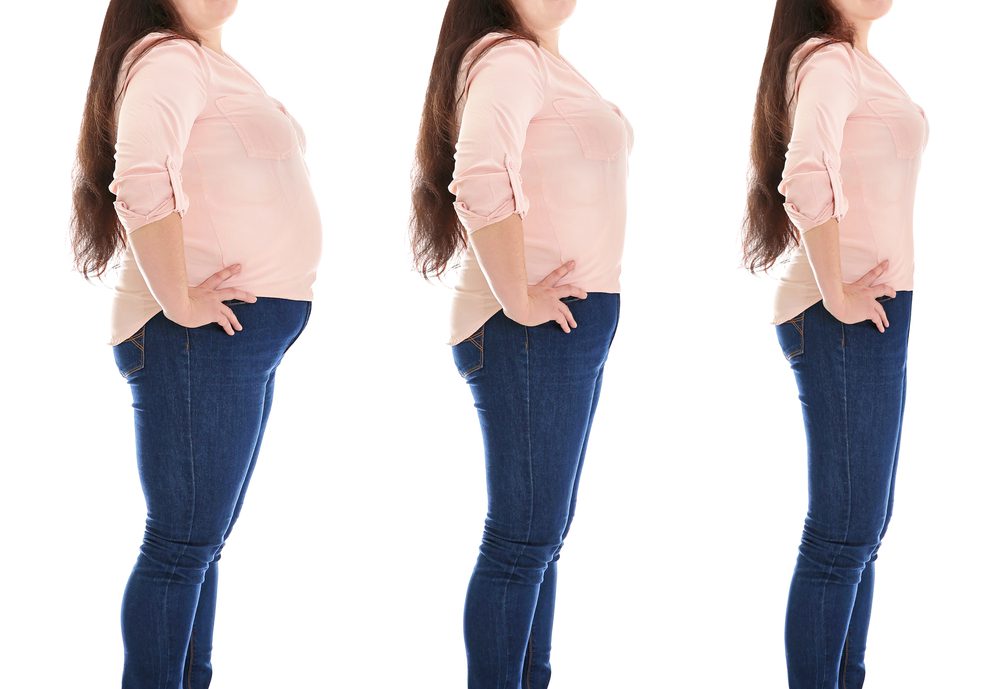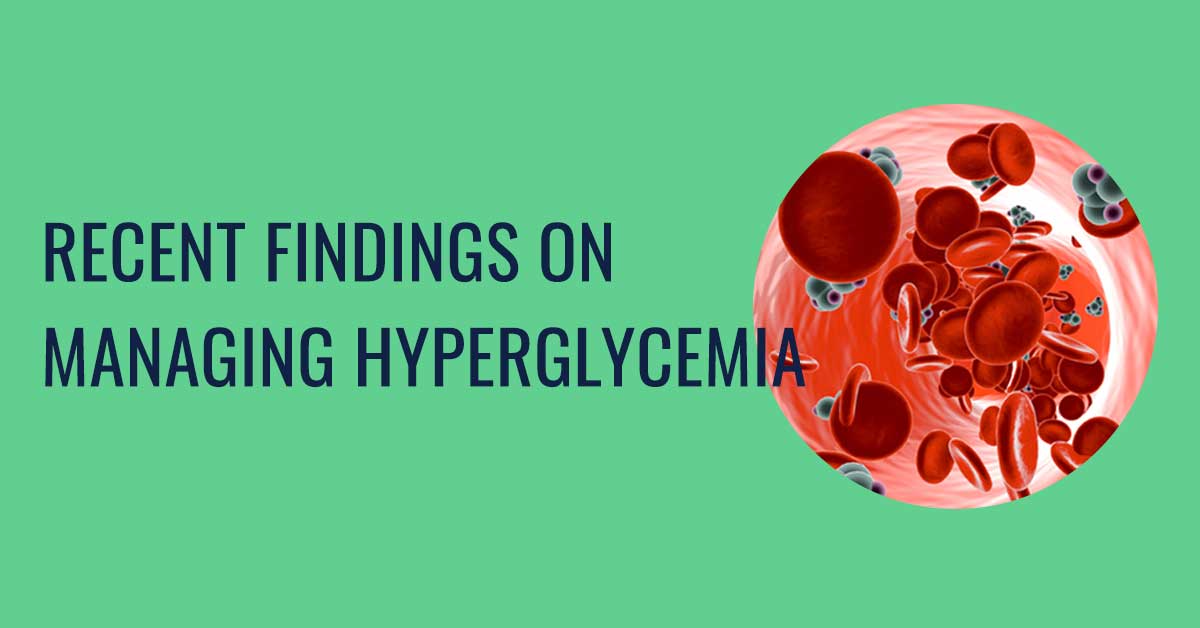What is OverStitch endoscopic sleeve gastroplasty?
OverStitch Endoscopic Sleeve Gastroplasty is a bariatric procedure specially designed to decrease the volume of the stomach by inserting stitches inside of the stomach. The OverStitch system enables this procedure to be carried out without a single external incision.

How is Overstitch endoscopic sleeve gastroplasty performed?
The procedure is executed through a thin versatile tube called an endoscope that is inserted through the mouth area to reach the stomach. It includes the positioning of a row of stitches inside the stomach along the higher (outer) curve which when tightened makes folds or plications that lower the size of the stomach. About 5-6 running stitches are placed. The plications expand almost to the junction of the stomach and oesophagus. A very similar row of interrupted or working stitches are placed along the lesser (inner) curve making a sleeve. This process considerably decreases the size of the stomach promoting early satiety and lowered food intake leading to weight loss.
How does the Endoscopic Sleeve Gastroplasty work?
The ESG process will reduce the length of the stomach by around 50% and will decrease its volume by 75%. Given this, the ESG functions in several ways to assist you lose weight:
- The amount of food that you can consume is considerably restricted – assisting you to reduce your portion sizes.
- Your stomach will empty more slowly and gradually – supporting you to feel fuller for longer.
- The amount of calories your stomach can digest is reduced
Is the Endoscopic Sleeve Gastroplasty permanent?
The ESG is regarded as a long lasting procedure, rather than ‘permanent’. The stitches may break over time if they are over-burdened (due to over-eating or persistent vomiting), however scar formation inside the stomach typically reinforces the stitches. Research suggest the ESG is long-lasting at the 2 year mark, and the ESG works as well as the surgical sleeve in terms of weight loss over 18 months.
Why it's done?


Endoscopic sleeve gastroplasty is carried out to assist you lose weight and potentially decrease your risk of severe weight-related health problems, including:
- Heart disease and stroke
- High blood pressure
- Non-alcoholic fatty liver disease (NAFLD) or non-alcoholic steatohepatitis (NASH)
- Sleep apnea
- Type 2 diabetes
- Osteoarthritis (joint pain)
- Endoscopic sleeve gastroplasty and other weight-loss procedures or surgeries are typically done only after you’ve tried to lose weight by improving your diet and exercise habits.
Who it's for
Endoscopic sleeve gastroplasty is offered to people whose body mass index (BMI) is above 30, who have not been productive in maintaining weight loss with lifestyle changes alone, and who don’t be eligible or wish to go after traditional bariatric surgery.
But endoscopic sleeve gastroplasty is not for everybody who is overweight. A screening process assists doctors see if the procedure may possibly be beneficial for you. And you must be ready to commit to healthy lifestyle changes, typical medical follow-up and take part in behavioral therapy.
Endoscopic sleeve gastroplasty isn’t suitable for anyone who has a huge hiatal hernia or a situation associated with gastrointestinal bleeding, such as gastritis or peptic ulcer disease.
Endoscopic sleeve gastroplasty is not presently included by most health insurance.
Risks
So far, endoscopic sleeve gastroplasty has demonstrated a favourable safety profile. Pain and nausea may happen for several days after the procedure. These signs and symptoms are usually handled with pain and nausea medications. Most people feel better after a few days.
In addition, even though it’s not designed to be a short-term procedure, endoscopic sleeve gastroplasty can be transformed to other bariatric surgery.
When mixed with lifestyle modification, endoscopic sleeve gastroplasty outcomes in about 15% to 20% total body weight loss at 12 to 24 months.
How you prepare
If you meet the requirements for endoscopic sleeve gastroplasty, your health care team will certainly give you specific instructions on how to get ready for your procedure. You may need to have numerous lab tests and exams before surgery. You may have limitations on eating, drinking and which medications you can get. You may possibly also be needed to start a physical activity program.
It’s beneficial to plan ahead of time for your recovery after the procedure. For an example, organise for a companion or someone else to help at home. Healing from endoscopic sleeve gastroplasty generally takes only a few days.
What you can expect During the procedure
Endoscopic sleeve gastroplasty is carried out in the endoscopy unit as an outpatient procedure. Basic anesthesia is used for the procedure, so you’ll be unconscious.
The process is done using a flexible tube with a camera and an endoscopic suturing device attached (endoscope). The endoscope is inserted down your throat into the stomach. The tiny camera makes it possible for the doctor operating the endoscope (endoscopist) to view and work inside your stomach without creating incisions in your abdomen.
Using the endoscope, the doctor places sutures in the stomach. The sutures modify the structure of your stomach, leaving it shaped like a tube. This eliminates the amount of food you can eat due to the fact you feel fuller sooner.
Endoscopic sleeve gastroplasty takes about 60 to 90 minutes.
What you can expect After the procedure
After the endoscopic sleeve gastroplasty, you’ll get up in a recovery room, where medical staff monitors you for any difficulties.
Just after recovering from sedation, the majority of people go home the same day. A few people might need a short admission to the hospital for one day or less for observation soon after the procedure.
After the procedure, you usually won’t be permitted to eat for a few hours. Then, you will be permitted to start a liquid diet, which you require to continue for at least two weeks.
Gradually, you’ll shift on to semisolid foods, and then to a regular healthy diet.
Results


As with any weight-loss program, commitment to nutrition, physical activity, emotional health and resiliency will perform a large role in how significantly weight you lose. Generally, if someone finishes the whole program and follows all the guidelines, he or she can expect to lose about 12% to 20% of his or her body weight in one year.
Endoscopic sleeve gastroplasty may enhance problems often related to being overweight, including:
- Heart disease or stroke
- High blood pressure
- Severe sleep apnea
- Type 2 diabetes
- Gastroesophageal reflux disease (GERD)
- Osteoarthritis (joint pain)











